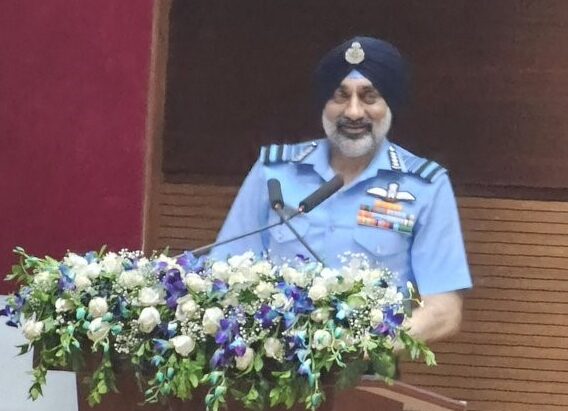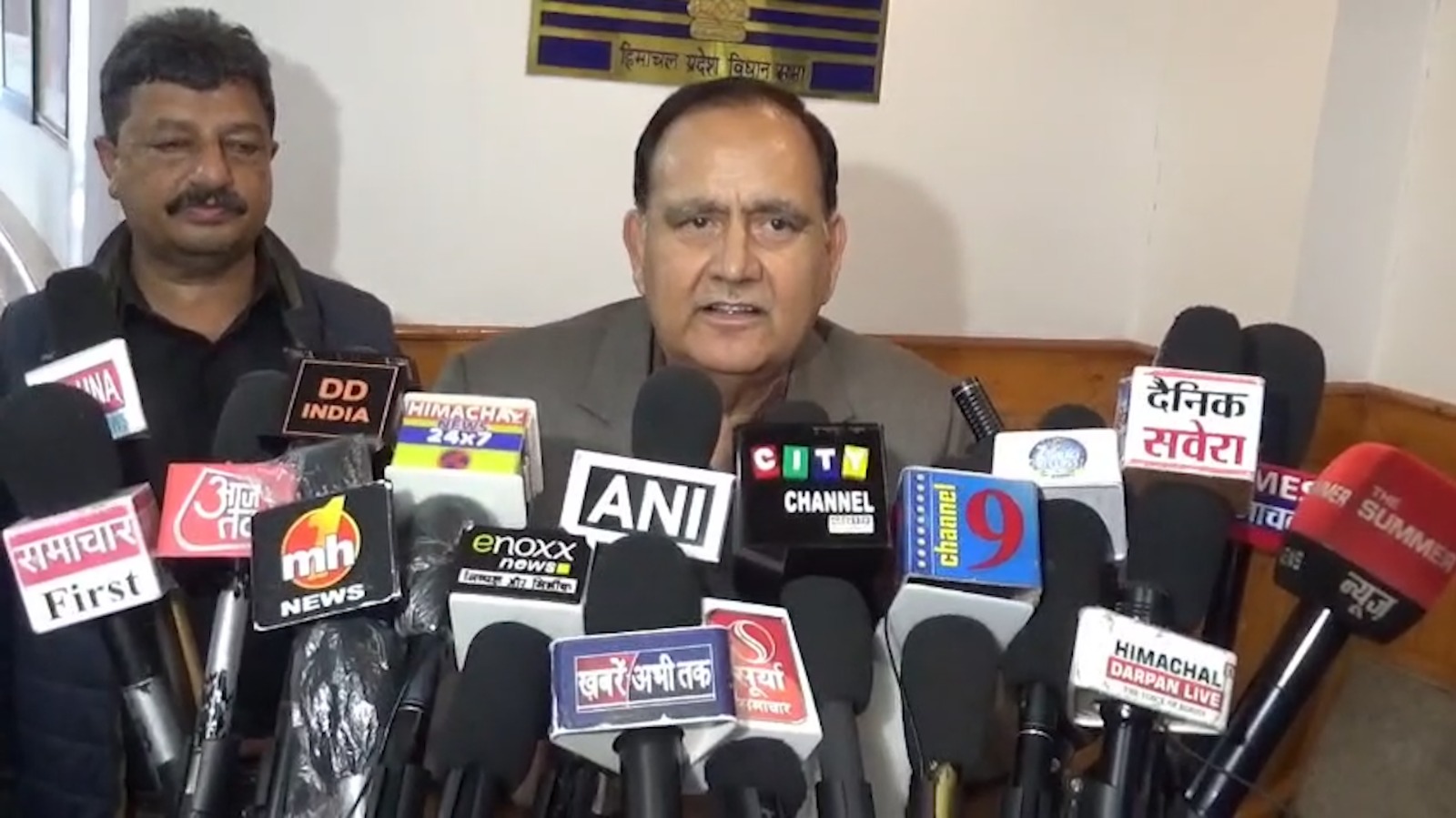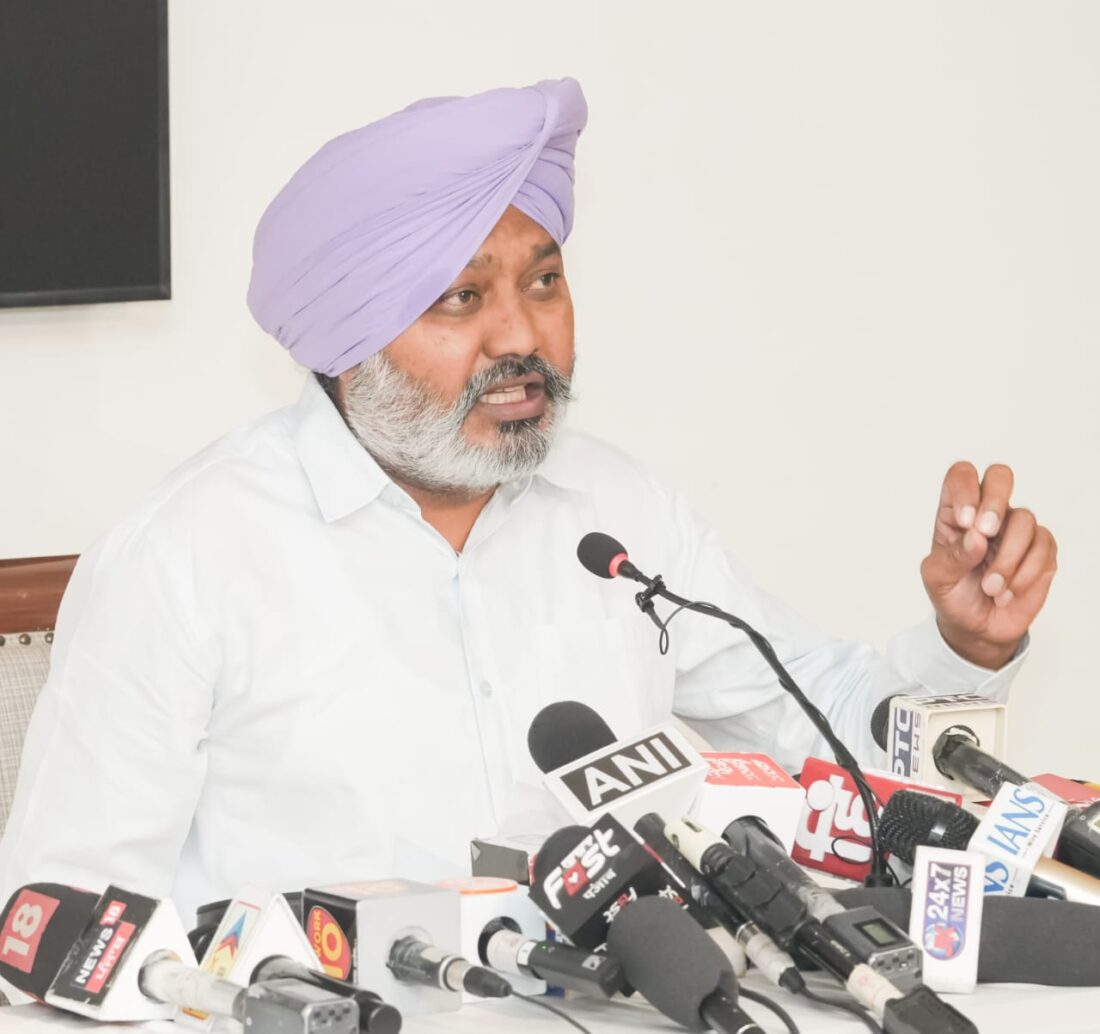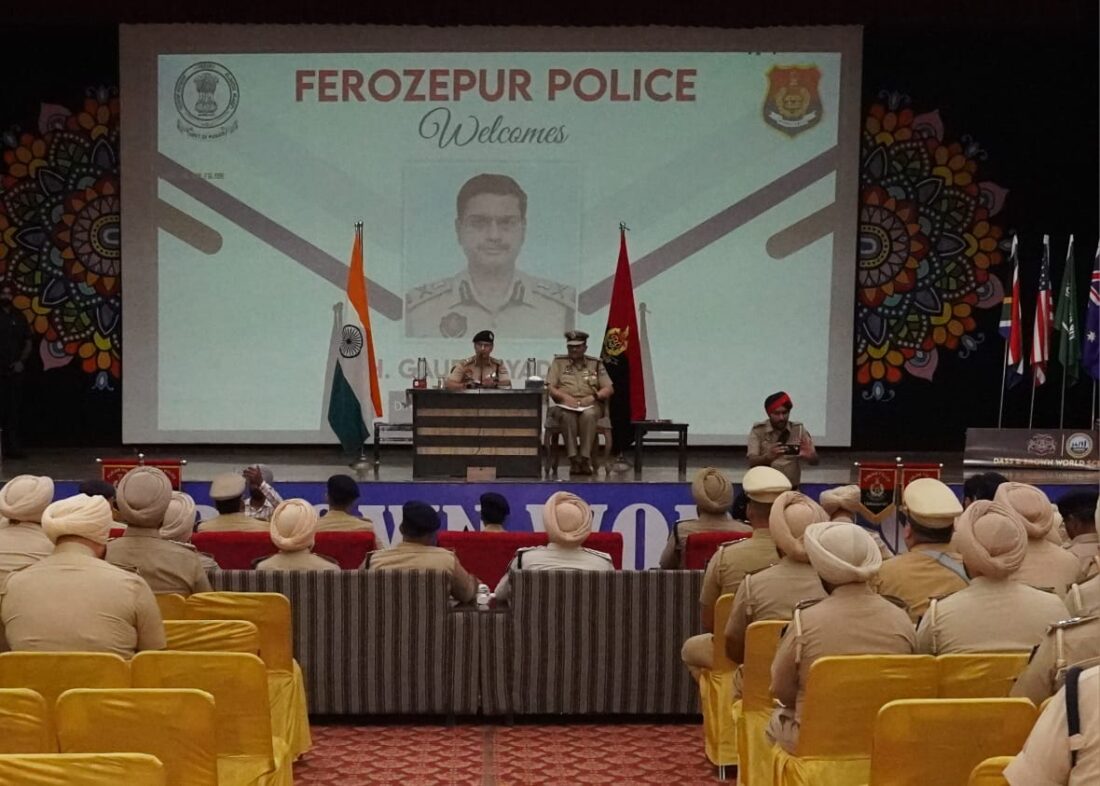The North News
New Delhi, August 10
IAF Chief A.P. Singh on Saturday revealed that Indian forces downed five Pakistani fighter jets and a large surveillance aircraft during Operation Sindoor. “We have confirmed kills of at least five fighters and one large aircraft — either an ELINT platform or an AEW&C — engaged at a range of around 300 kilometres,” he said, describing it as “the largest recorded surface-to-air kill” in such an operation.
He disclosed fresh details of “Operation Sindoor”, a high-intensity, joint-forces military campaign launched in response to the deadly militant attack in Pahalgam, Jammu and Kashmir. The operation, conducted over 88 to 90 hours, saw India carry out coordinated strikes deep inside Pakistan, destroying key terrorist infrastructure and military assets, while successfully defending against retaliatory attacks.
The campaign was triggered after militants killed multiple civilians in Pahalgam. “The nation had to respond,” the Air Force chief said, explaining that the political leadership wanted a “loud and clear” message sent to Pakistan. The directive was to go beyond hitting launch pads and training camps — the aim was to target the leadership of the terrorist networks.
A joint operational plan was drawn up with the Army, Navy, and intelligence agencies. Nine primary targets were identified — seven close to the Line of Control to be handled by the Army’s integral weapons, and two high-value headquarters complexes in Bahawalpur and Muridke to be struck by the Air Force.
The Air Force deployed long-range, precision-guided weapons to engage the hardened structures from a safe distance, avoiding Pakistani air defences and minimising civilian casualties. Satellite imagery, and human intelligence were used for post-strike assessment.
The Bahawalpur complex, believed to house senior terrorists was struck at specific buildings used for leadership meetings and training. Imagery showed significant structural damage with minimal collateral impact. In Muridke, the headquarters of Lashkar-e-Taiba, strikes destroyed leadership residences and office facilities. Weapon-mounted cameras confirmed the hits.
Pakistan responded with multiple drone and loiter munition attacks targeting Indian airfields and Army installations. The chief said many of these were intended to “saturate” Indian air defence systems, forcing radar activation for electronic intelligence purposes. However, most threats were neutralised by India’s anti-drone systems, surface-to-air guns, and missile defences, including the recently inducted S-400 system.
The S-400, he said, proved to be a “game changer”, preventing Pakistani aircraft from launching long-range glide bombs by keeping them outside engagement range. During the exchanges, India’s surface-to-air systems registered at least five confirmed kills of Pakistani fighter jets and one large aircraft — identified as either an ELINT (electronic intelligence) or an AEW&C (airborne early warning and control) platform — at a range of about 300 kilometres. This, he noted, was “the largest ever recorded surface-to-air kill” of its kind.
Over the following nights, India also launched counter-offensives against Pakistani radar stations, surface-to-air missile batteries, and airbases. Targets included a command and control centre at Noor Khan base, a UAV hangar and radar at Sukkur, an AEW&C hangar at Bholari, and an F-16 hangar at Shahbaz (Jacobabad). At Sargodha, suspected F-16 operating bases were struck, though certain installations were deliberately left untouched to avoid unnecessary escalation.
By the end of the operation, Indian forces had destroyed or damaged at least:
- Two major command and control centres (Muridke and Chaklala)
- Six radar installations
- Two surface-to-air guided weapon sites (Lahore and Okara)
- Runways at Sargodha and Rahim Yar Khan
- Three high-value aircraft hangars (Sukkur UAV hangar, Bholari AEW&C hangar, Jacobabad F-16 hangar)
- Multiple UAVs, drones, and loiter munitions
Debris from intercepted Pakistani missiles was recovered and analysed jointly with the Defence Research and Development Organisation (DRDO) to assess capabilities and origins.
The Air Force chief attributed the success of Operation Sindoor to three main factors: clear political will, complete operational freedom, and seamless coordination between the three services and the Chief of Defence Staff (CDS). “There were no restrictions on us. The forces themselves decided the rules of engagement and escalation ladders,” he said.
The strikes, he added, were deliberately calibrated to achieve objectives without triggering uncontrolled escalation. “Our aim was not to attack one airfield and decimate it, but to show that we could strike anywhere, deep inside Pakistan, at will.”
“This was a high-tech war,” the chief concluded, “fought in less than four days, but it made it clear to them that if they continued, they would continue to pay for it.”
IndiaAirForce, OperationSindoor, PahalgamAttack, PakistanMilitary, S400Missile, AerialWarfare, DroneDefence, F16, AEWCAircraft, SouthAsiaSecurity, LoiterMunitions
















